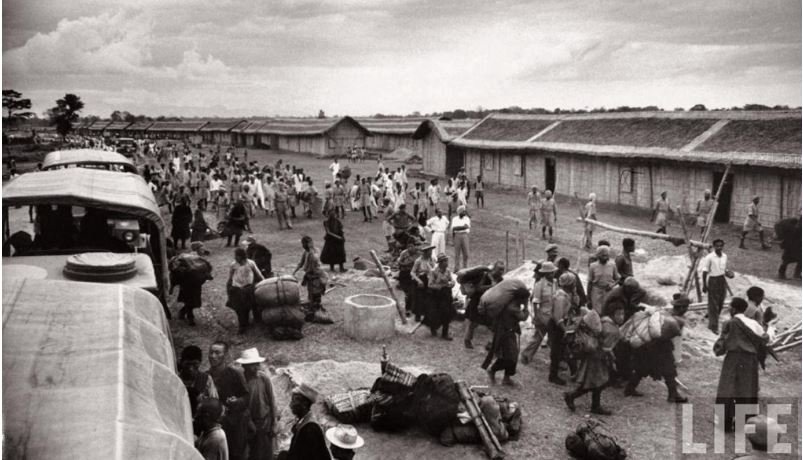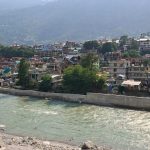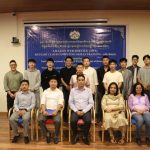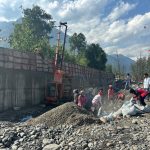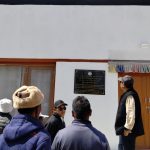June 18, 2020
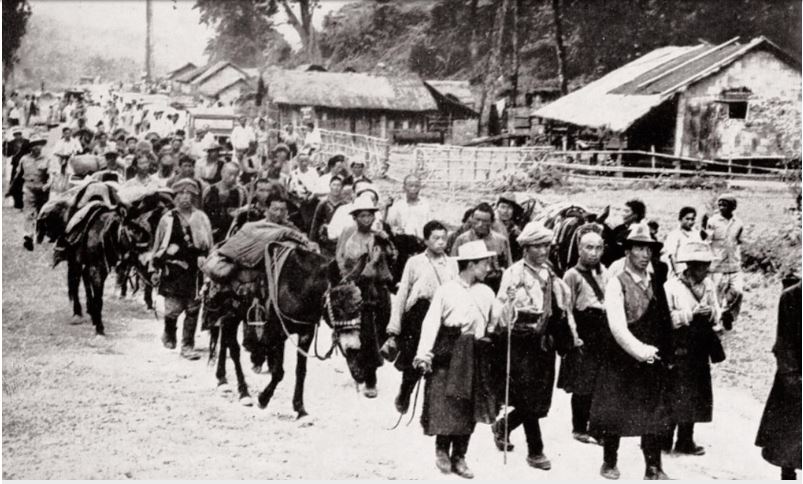
DHARAMSHALA: When China occupied Tibet in the guise of liberation and prosperity, the Tibetans had no inkling of what is to be followed next. Soon after, the People’s Liberation Army brutally attacked Tibetans and attempted to annihilate Tibetan culture and identity. China promised a ‘socialist paradise’ but in reality, Tibetans were and still continue to be treated as second-class citizens.
In March 1959, thousands of Tibetans from all walks of life and all three provinces of Tibet—U-Tsang, Kham and Amdo—converged in Lhasa to resist and protest the Chinese invasion and occupation of Tibet. An estimated million Tibetans have perished and 98% of monasteries were destroyed under the Chinese occupation. In their last resort to save themselves and protect the Tibetan culture and identity from complete destruction, His Holiness the Dalai Lama and some 80,000 Tibetans escaped to India.
His Holiness the Dalai Lama and his fellow Tibetans have been living in India for the last 60 years with the generous support of the Indian government. Under the leadership of His Holiness and the CTA, the rich and unique Tibetan culture and religion that were essentially destroyed by the CCP were revived in exile. Today, the Tibetan community is the world’s most successful refugee community.
In the days leading to World Refugee Day on 20 June, Tibet News Bureau of the Central Tibetan Administration released a docu-series featuring the lives of Tibetan refugees in exile. (Watch the docu-series here.)
In the days leading up to the World Refugee Day, Tibet TV releases one of its first short documentary series on Refugee voices.
#worldrefugeeday2020 #StepWithRefugees
1. How Did We Become RefugeesPosted by TIBET TV on Tuesday, 16 June 2020
A group of 8 Tibetan elderlies shared their stories and memories of what life has been coming into exile.
“Because the Chinese government invaded Tibet, His Holiness had to leave for India. Soon after, people from our village started following the footsteps of His Holiness. Only some chose to stay back who had many children and elders to look after” said 80 years old Namgyal who like many others followed His Holiness into exile.
Meanwhile, thousands of Chinese troops marched into Lhasa destructing everything that identifies Tibet as independent and unique culture.
“The Chinese had destroyed many statues and made a mess out there. I found pieces of statue all over the place in the morning when I went out to fetch water. I was deeply saddened by what they have done. Then my father was imprisoned by the Chinese and he had become mentally unstable” said an elderly woman from Kyirong Pangchin in Tibet who fled home at the age of 18.
Like her, many of the elder generation Tibetans sold everything they own to embark on the arduous journey to India. They saw no point in staying back where their precious and revered leader is not there.
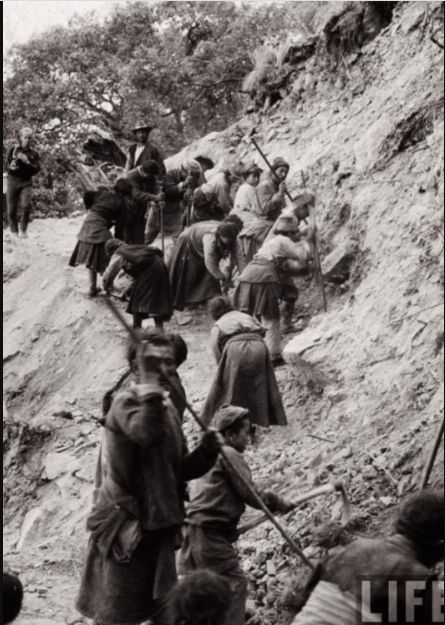
The pain of leaving loved ones and being forced to leave one’s country with no guarantee to return is extremely difficult. Namgyal says that he vividly remembers his village and neighbor’s face even the shape of his house and mountains back in Tibet.
“Loga is one of the happiest places in Tibet. The place is as big as an airplane landing field. We have rich and prosperous land” he said.
The journey to India is not only painstakingly difficult but to begin life from scratch in a foreign land is equally daunting.
The group shared some of the problems after coming into exile. “One of the major difficulties faced by the Tibetans when we arrived is we had no work and money,” said Phuntsok and like many other Tibetans, Phuntsok worked as a road labourer with the very little pay. Gradually, the livelihood of them and many other Tibetans improved after starting the sweater selling business.
But the loneliness and longingness to return Tibet have always lingered in their mind.
“It’s a sad feeling to be alone in another country all by myself. Upon reaching Dharamshala, we worked as a labourer on Bhagsu and Tushita road area. We saw His Holiness in his old Residence there” said the woman from Kyidong Pangchin in her choking voice. “Things improved later with the grace of his Holiness,” she said.
“We faced difficulty with the new ways of life here”. Only things that were familiar to us were the sky and the soil” said 78 years old Dorjee Tseten.
“We never thought of staying back in Nepal nor India but to return home,” said another.
All the elderly interviewed said one thing in common and that was they are hoping to return to Tibet as assured by His Holiness the Dalai Lama. And if that doesn’t happen during their lifetime they are hoping that the younger generation would come to see the freedom in Tibet and get a chance to go to Tibet.
“His Holiness has shown us the path which is greater than no other way I request people to follow it,” added 80 years old Dawan Sangpo.
The series of misfortunes witnessed this year has all the more shown us that we need to leave our differences aside and focus on the human values that we share and that unites us. This year World Refugee Day 2020 is all about #every action count which is at the heart of UNHCR’s World Refugee Day Campaign to create an equal and just world.
